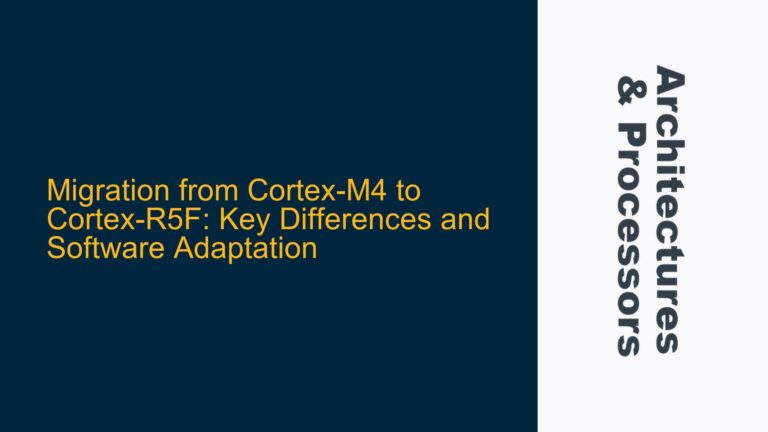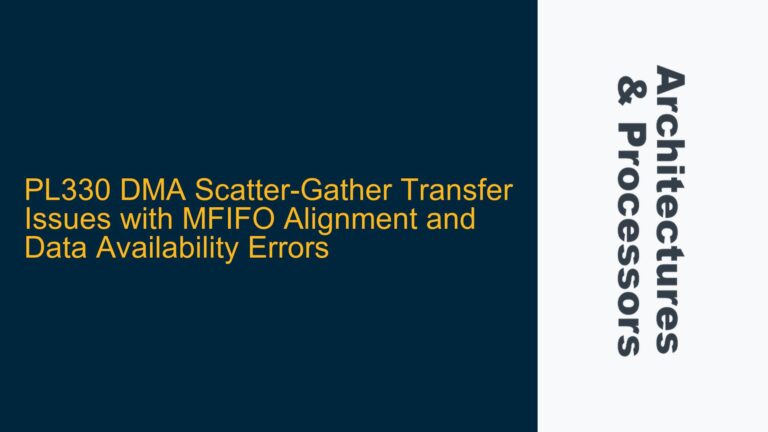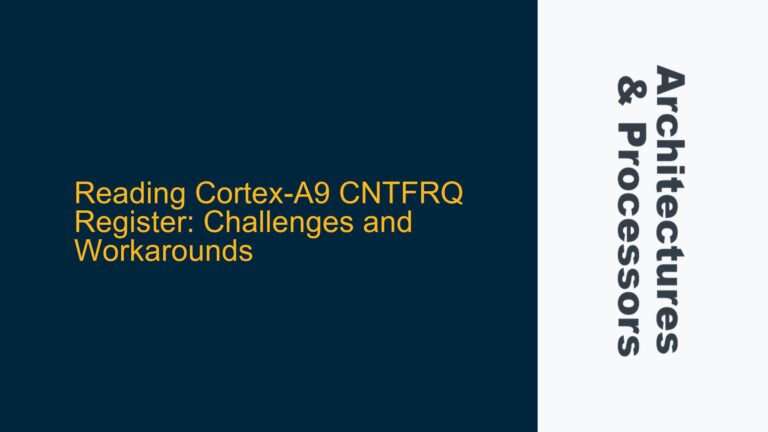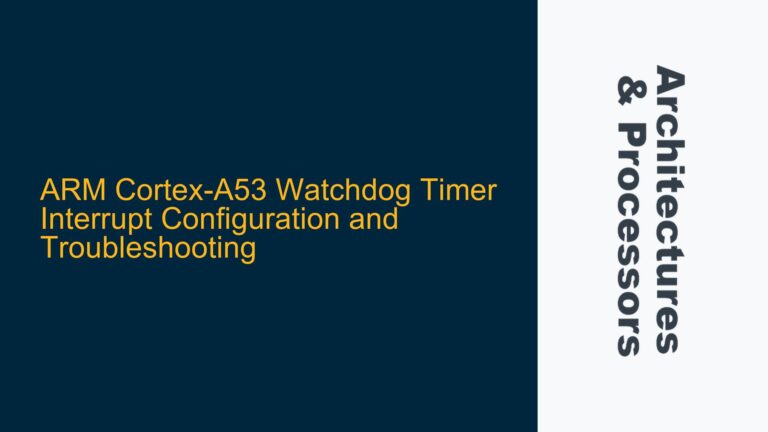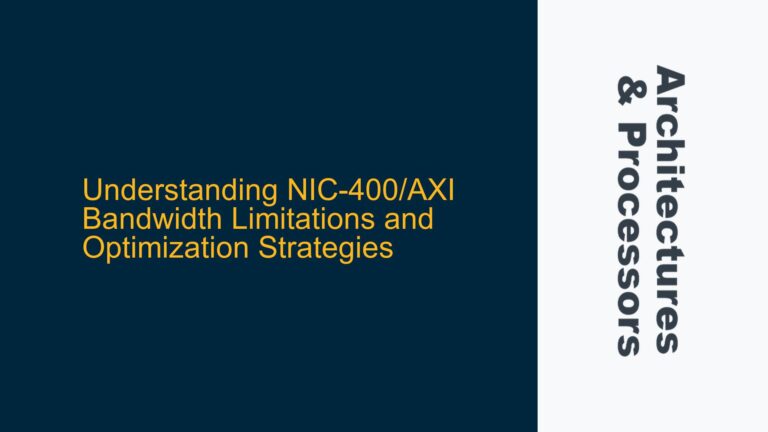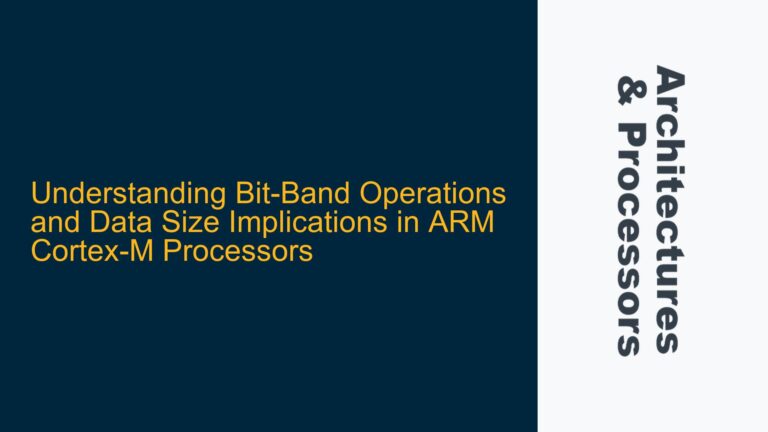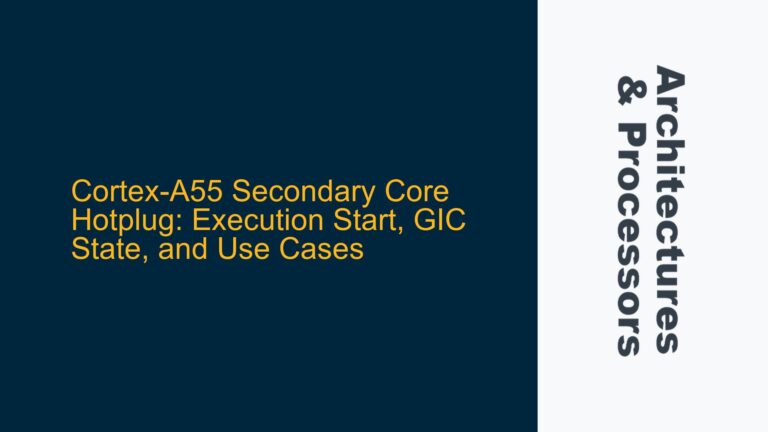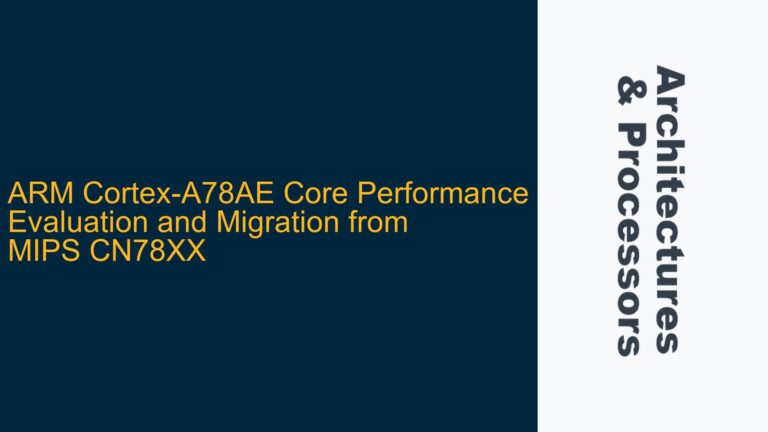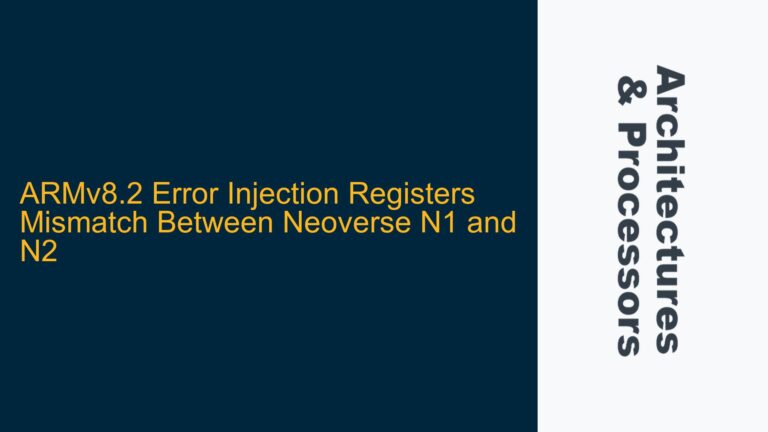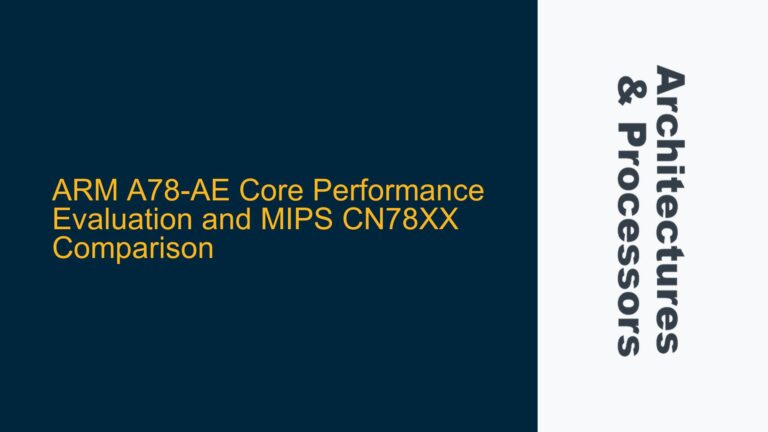Migration from Cortex-M4 to Cortex-R5F: Key Differences and Software Adaptation
ARM Cortex-M4 to Cortex-R5F: Exception Model and Interrupt Handling Differences The migration from ARM Cortex-M4 to Cortex-R5F involves significant changes in the exception model and interrupt handling mechanisms. The Cortex-M4 utilizes the Nested Vectored Interrupt Controller (NVIC), which is tightly integrated with the processor core and provides low-latency interrupt handling. In contrast, the Cortex-R5F employs…
